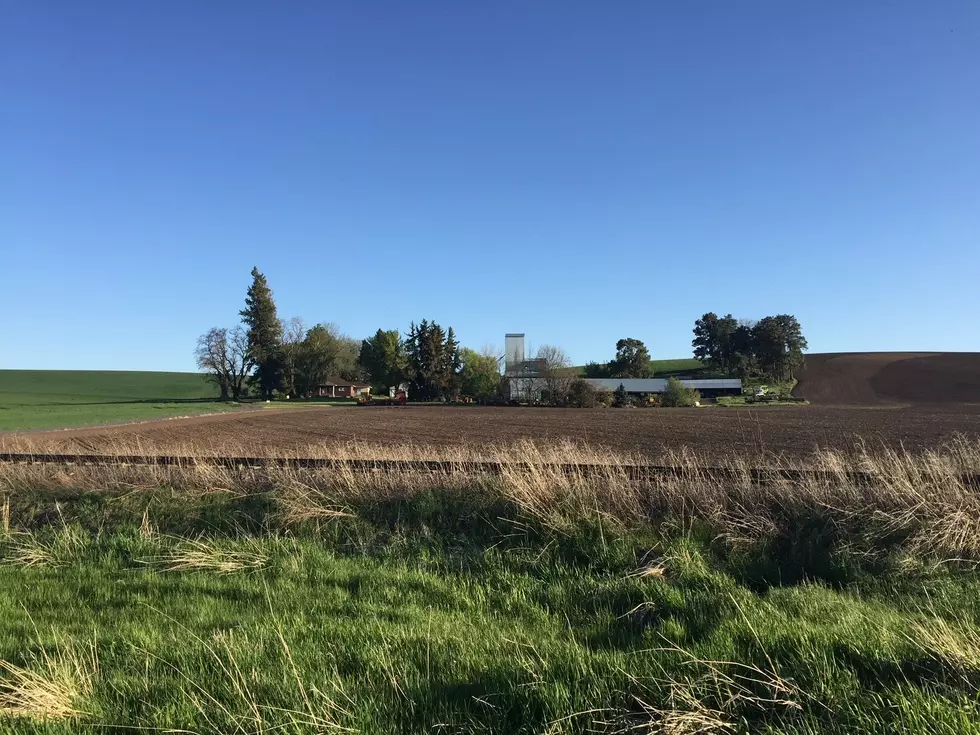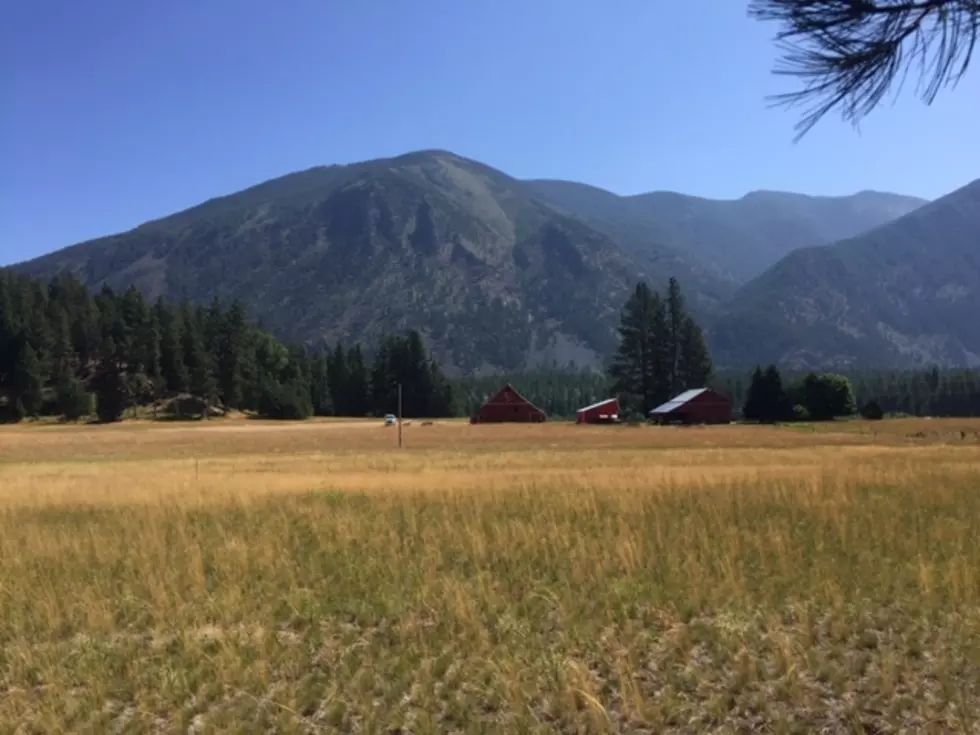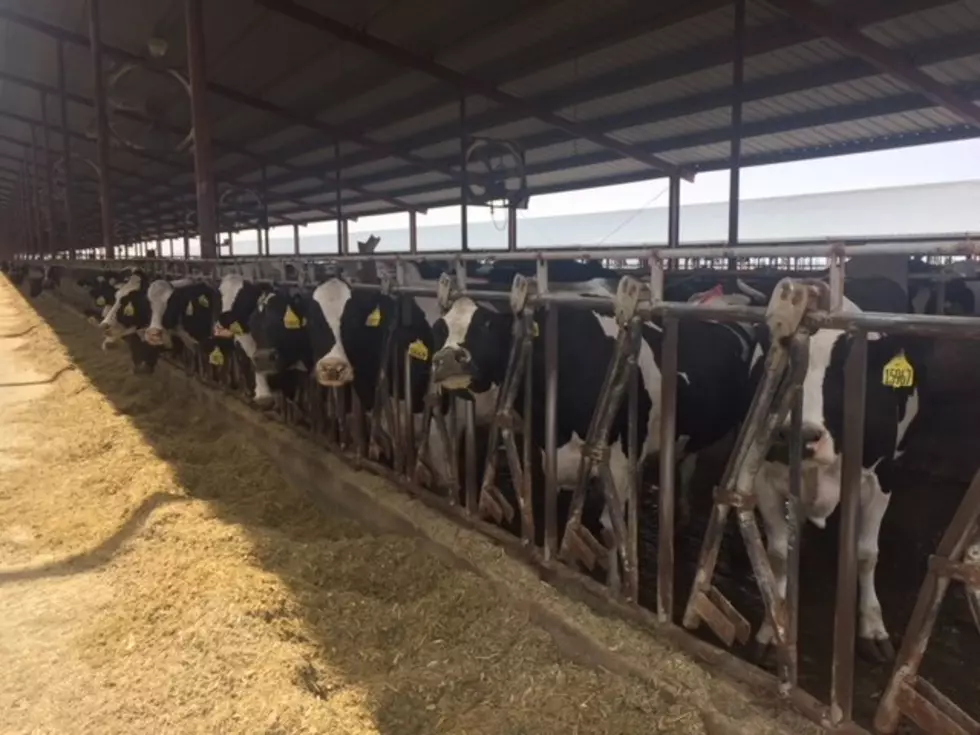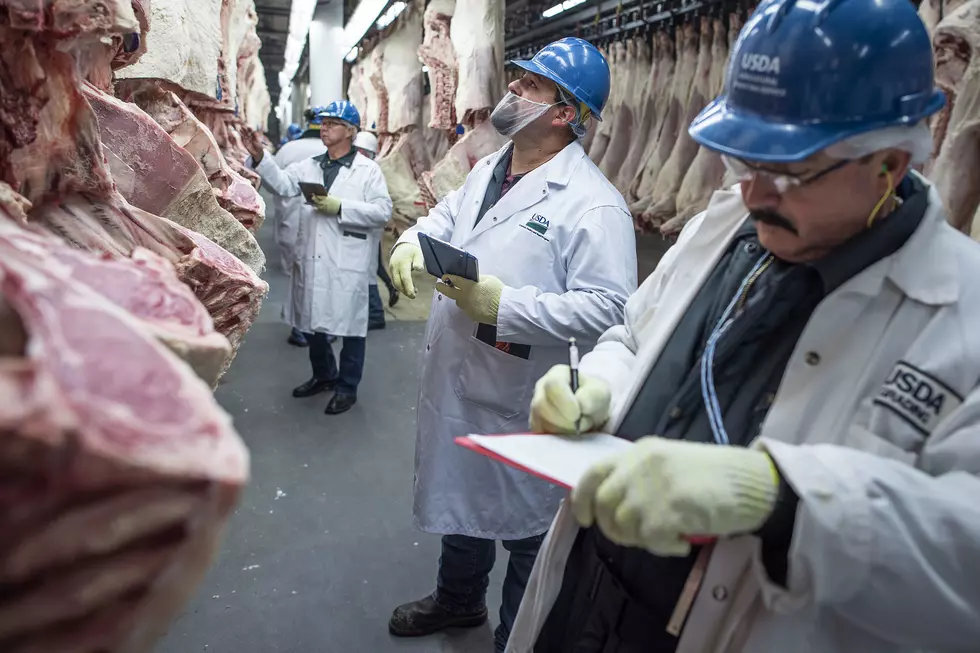
Canadian Farmland Values Remain Strong
Farm Credit Canada has just released its mid-year National Farmland Values Report. The report analyzes farmland purchases from January through June of this year. Better known as FCC within the farming community, Farm Credit Canada is a federal government agency and the country’s largest agricultural lender for farm cropland, large machinery purchases, and commercial livestock operators.
J.P. Gervais is chief economist at FCC’s head-office in Regina, Saskatchewan. A co-author of the mid-year land values report, Gervais said the rate of increase for Canadian farmland prices is quite variable. But land prices have been strong for some time, and those prices took double-digit gains again this past year.
"If you look at the national trend, take a 12 month perspective, we’re looking at 13 percent growth in land values. The numbers are a little bit different province to province. Overall, the rate of growth in land values slow down, but in other areas there’s been a little bit of an acceleration. So, it really is quite variable across the country.”
Farmland prices are strong everywhere across Canada, and the regions with some of the highest land prices continue to accelerate. Higher interest rates have slowed the numbers of farmland transactions, but even with higher interest rates, no province continues to command higher farmland prices than Ontario.
"What makes the Ontario increase quite special, I would suggest, is that not only we’re talking about the highest percentage increase for the first six months of the year, at 15 point 6 percent, but you’re talking about applying a large percentage on some pretty expensive land to begin with.”
Grain, oilseed, and pulse revenues were a bit lower in the first six months due to drought across the prairie provinces in 2021, and this is reflected in lower numbers of prairie farmland sales. Compared to British Columbia and Ontario, provinces such as Saskatchewan and Alberta, with much larger amounts of farmland, tend to experience a slower pace of increase.
"There’s a lot more farmland in Saskatchewan and Alberta than there is in Ontario. Productivity and income that’s grown on an acre of land in the Prairies, relative to the high-value crops in Ontario is quite diversified. Proximity to urban centers, the supply of land. Part of it is good years, and when it comes to farm income. And I think that explains the strength in demand for farmland.”
Despite inflationary pressures and geopolitical tensions, new crop prices continue to be elevated given the latest production and yield estimates, according to the mid-year review. So, the chief economist for Canada’s largest farmland lender says that, even in the face of higher borrowing costs, there is cautious optimism for the agriculture and agribusiness sector.
If you have a story idea for the PNW Ag Network, call (509) 547-9791, or e-mail glenn.vaagen@townsquaremedia.com
More From PNW Ag Network









